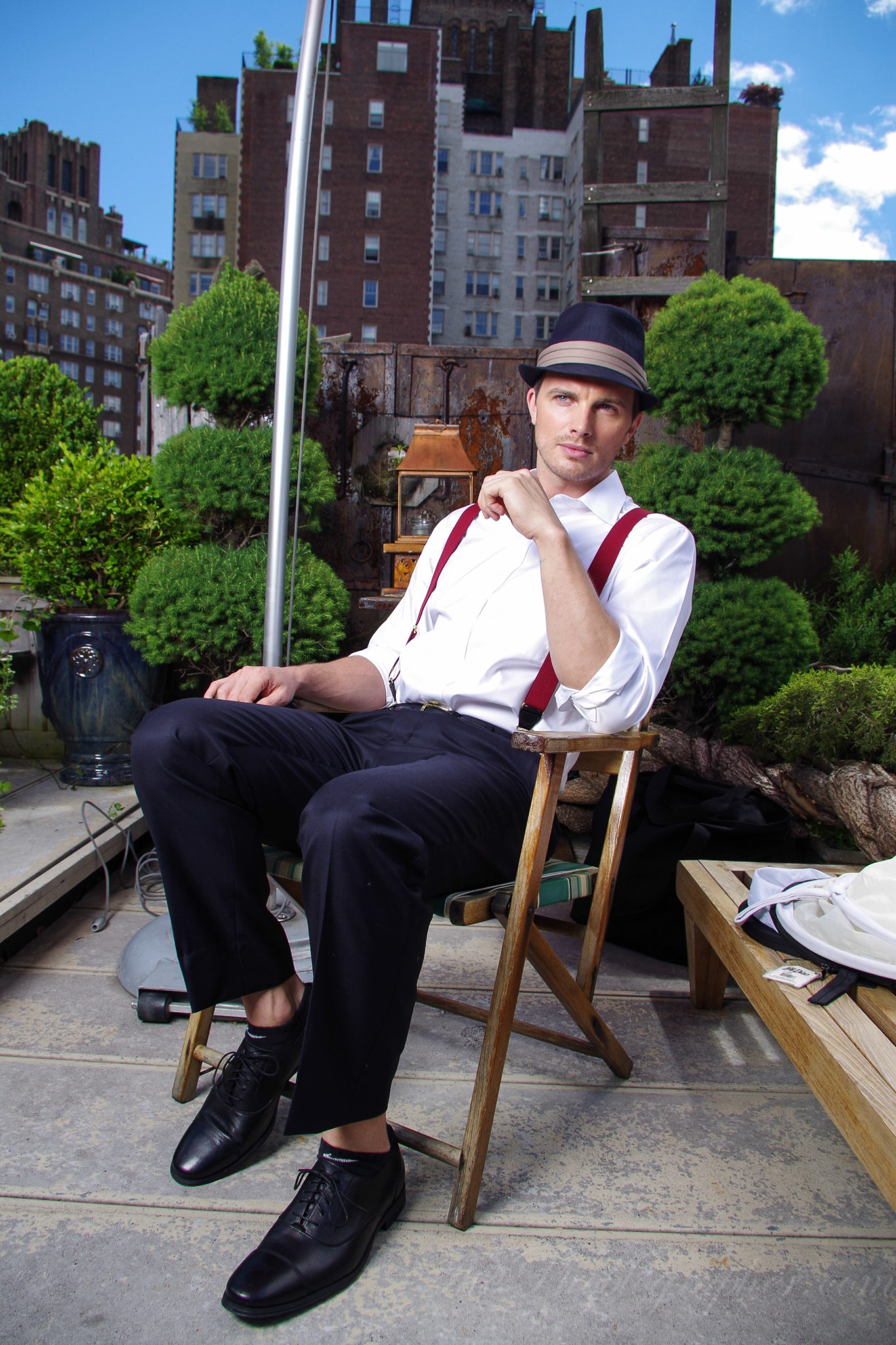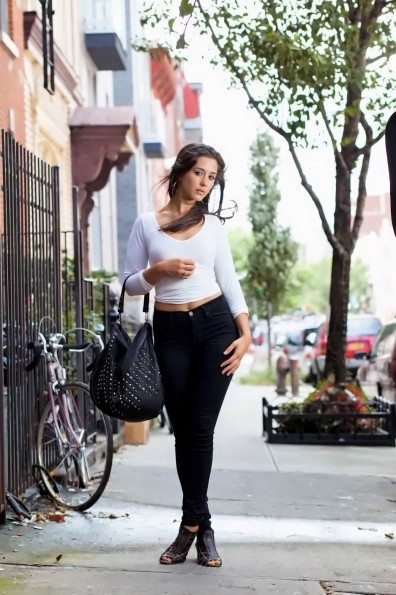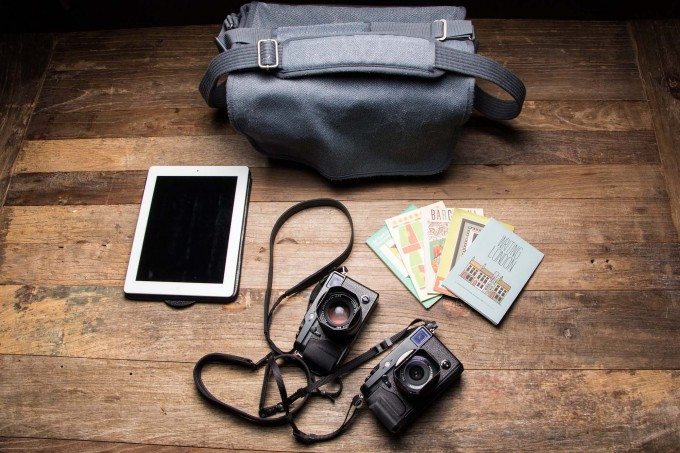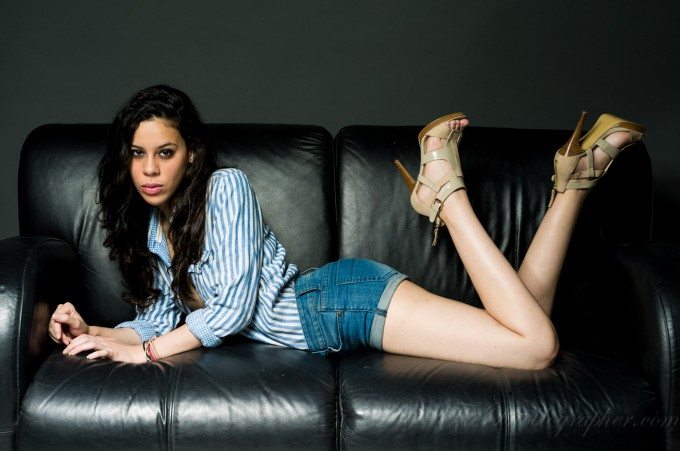The first lighting modifier that most folks go for are softboxes. The reason for this is not only because of their popularity, but also because of the quality of light that they can deliver. Softboxes are shaped and designed in a way to deliver what is known as directional light–meaning that the light is also very direct and not scattered and spread around. Because of this, you generally also have more control. On top of this factoid, softboxes also take a harsh light source and through reflection and diffusion, soften it to give a really beautiful look to the image. And they come in all shapes and sizes–but as per the rule, the larger the light source is in relation to the object, the softer the light will be.
Here’s our sort introductory crash course to using softboxes.
Who Uses Softboxes?
Softboxes are used by nearly any and every professional photographer–and if they aren’t the typical light modifier used by a pro, they are at least in their kit. A softbox can be used for portraiture, products (they’re especially useful for car photography), events, photo booths, and nearly anything that you can think about. They’re often valued over umbrellas because of the fact that any sort of reflection that they give off is just a white light source and the ribs that make up the foundation aren’t shown either.
Annie Leibovitz is known for her use of softboxes (and overall excellent imagery) and many folks in our Creating the Photograph series also use softboxes. One of particular memory is of László Nagy’s “Nati”.
In that one example, the light is very evident. But in the example photo on the right (which is from a review that we did) the light output was matched to the ambient lighting.
What are Softboxes?
At its most basic function, a softbox is a box that has either a white or silver interior that diffuses a light. In order to do this, the light can be facing forward or backward. When facing forward, the light often has two diffusion panels to soften its output: one is placed inside while the other closes up the package on the outside. When the light faces backward, the light output bounces around the inside of the softbox more efficiently and exits out after being diffused–sometimes by two panels.
Many hackers often try to create their own softboxes using a normal box that has been modified to give nearly the same functionality. The problem though is that they’re never portable and only work if your lights are never on the move with you. Otherwise, every reputable lighting manufacturer in the industry from Phottix to Bowens makes collapsible softboxes. In order to do this, there are often ribs that need to be either totally removed or broken down so the softbox can be stored away in a case.
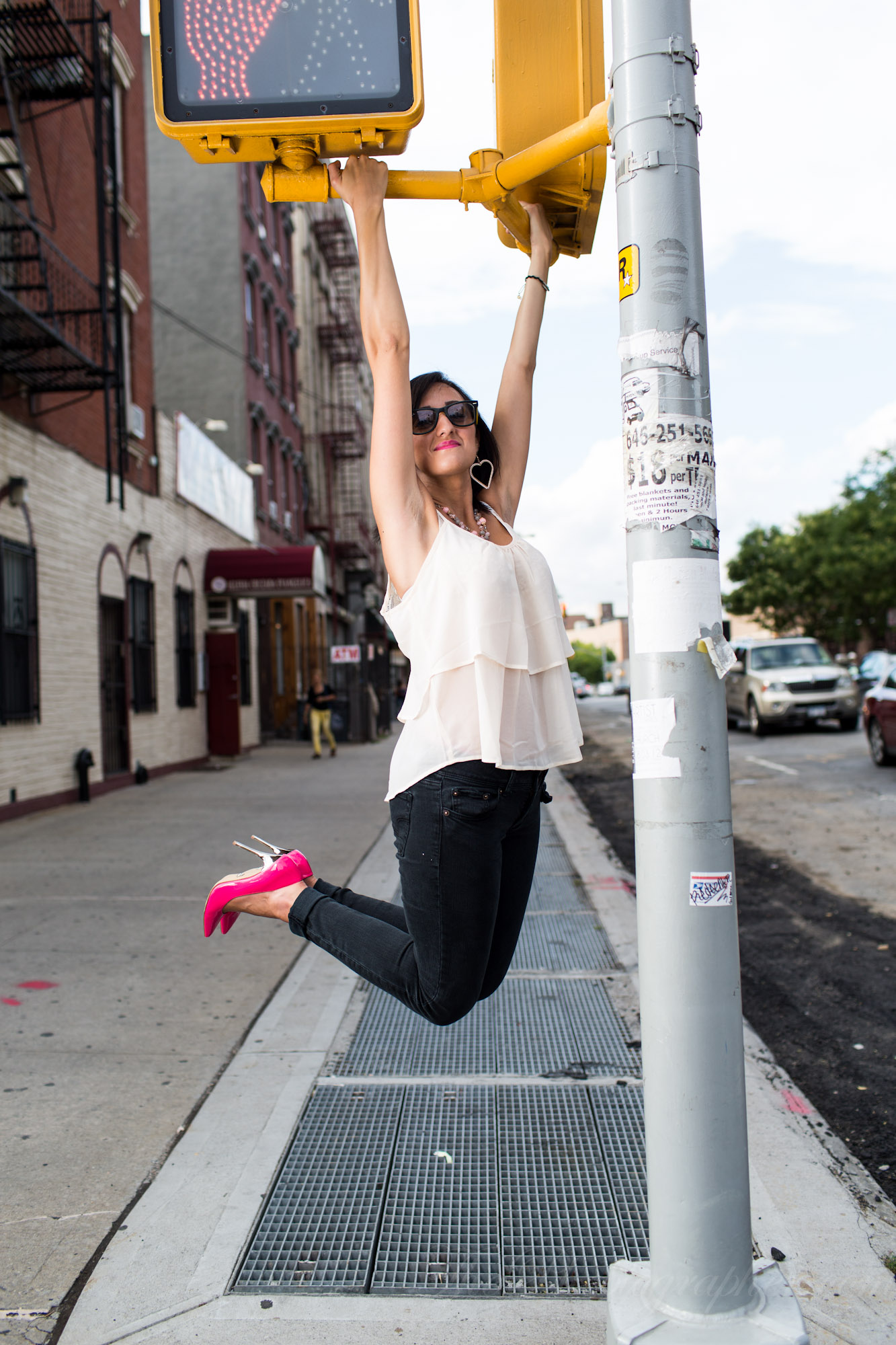
When Do You Use Softboxes?
Softboxes have loads of different uses. Besides portraits, they’re often used for product photos and more. They are also often used because they are versatile in the looks that they can deliver. The reason for this is because of the rule of balancing exposures. If you shoot at a higher flash sync speed, you’re more likely to get harsher shadows depending on what your ISO setting is also at. More than any other modifier though, softboxes are easier to give off the look of natural lighting.
In all honesty, you could probably stick with a softbox all day and night as long as you want due to just how versatile their looks are.
How Do You Use Softboxes?
Softboxes give very directional lighting as opposed to umbrellas that spread light out everywhere. So essentially what you need to do is aim them at your subject–and that’s it. No, we’re really not kidding. They’re that simple.
So to reiterate:
– Put light in softbox
– Diffuse light using panels
– Meter light
– Enjoy
Anyone that is afraid of lighting should try softboxes first before anything else.
Seriously, give it a shot.
Please Support The Phoblographer
We love to bring you guys the latest and greatest news and gear related stuff. However, we can’t keep doing that unless we have your continued support. If you would like to purchase any of the items mentioned, please do so by clicking our links first and then purchasing the items as we then get a small portion of the sale to help run the website.


